The renowned artist Rick Bartow once described his process this way: "I drew myself straight." He also said, "art is medicine." When you put the ideas together, you start to see how Bartow was able to transform pain into something beautiful and hopeful; challenging and redemptive. It's possibly what Bartow is best known for—making challenging ideas accessible, in beautiful and profound ways.
A retrospective of the beloved Oregon artist's work, "Things You Know But Cannot Explain," opens at The High Desert Museum this week. The exhibition spans nearly 40 years of Bartow's life, featuring drawings, paintings, prints and sculptures. Curated by the University of Oregon's Jordan Schnitzer Museum of Art, the traveling exhibition is comprised of pieces from their own collection as well as Bartow's estate and private collectors.
Bartow—who died in 2016—was born in Newport, Ore., and spent the majority of his life there. He was a member of the Mad River Band of the Wiyot, a small tribe indigenous to northern California, and was deeply connected to the Siletz tribe. He studied art at Western Oregon University and in 1969 was drafted into the army and sent to Vietnam.
Bartow explored all of those experiences throughout his life's work. He spoke openly about his own post-traumatic stress disorder and the struggles he overcame after Vietnam. He credited the creation of art and his connection with his Native ancestry for helping him heal.
One piece in the exhibition, a self-portrait created after a stroke in 2013, titled "Buck," is a perfect example. The title itself is a reference to the pejorative term for a Native man. He has painted himself in a wheelchair. The piece is large in scale and showcases Bartow's willingness to use every experience of his life to help tell the story of how we live, how we cope and how we survive.
Known as one of Oregon's best contemporary artists, Bartow is also considered an artists' artist—one whose work has had an enormous reach. In 2012, his large cedar sculptures titled, "We Were Always Here" were commissioned by the Smithsonian Institution's National Museum of the American Indian, and are permanently displayed on the Northwest corner of the museum overlooking the National Mall.
Bartow also allows us to challenge our notions of Native art. His work dances with energy and color and light. It feels a little scary, but in a way that's forgiving and will allow you to look deeper at your pain, without being punished for it.
"People think all his work is bleak, and that is not the case," says Andries Fourie, curator of art and community engagement at HDM. "There is whimsy, light, hope. There is a real optimism in his work. He uses beauty to get you to engage in difficult things. It's how he pulls you in."
On display during the exhibition will be the special piece Bartow created for the museum in 2009, titled "For Roger." The High Desert Museum invited Bartow to look through the Doris Swayze Bounds Collection of Native American artifacts and respond to it in a painting. Bartow was struck by a story of Swayze Bounds' son, Roger, who also fought in Vietnam. The result is a mixed medium painting on paper consisting of the imagery of a hawk, a man and two red hands. Like much of Bartow's work, it feels alive—a story of pain and suffering and the light and hope that follows it.
In a 2009 video of Bartow completing this painting for the museum, Bartow is looking through some ceremonial items, explaining their significance and how they may have been used. At the end of it he says, "I get around these old things and they make me cry. Because, you can really feel it. You can really see it. Where we were and where we are and where we can go if we can straighten things out."
Fourie suggests one of the things making Bartow's work so remarkable is Bartow's willingness to expose himself.
Fourie said, "It is a courageous thing to do that, to show yourself like that."
Rick Bartow: Things You Know But Cannot Explain
Sat., Jan. 26-Sun, Apr. 14
Art as a Means of Overcoming Trauma: PTSD and the Work of Rick Bartow
Thu., Feb 21, 6-7pm
Central Oregon Veterans Ranch founder and executive director Alison Perry and COVR Board Member and Vietnam veteran Ron Ford join the Museum's curator of art and community engagement to discuss post-traumatic stress disorder. Suitable for ages 16 and older.


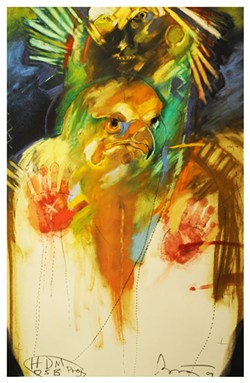
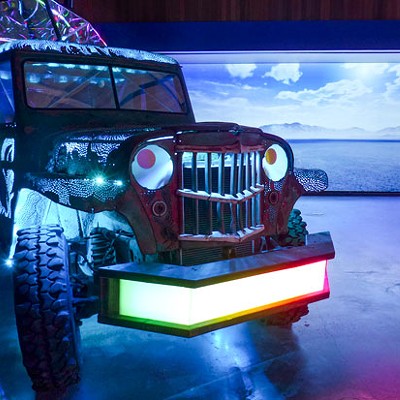

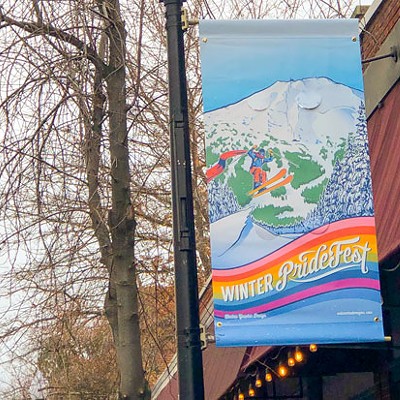
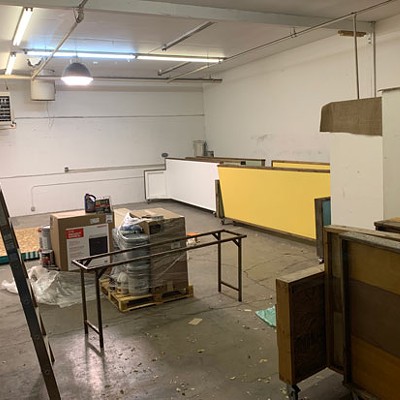


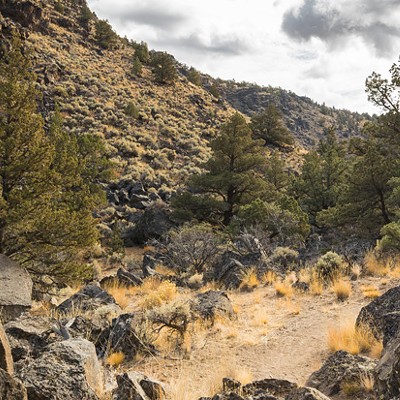
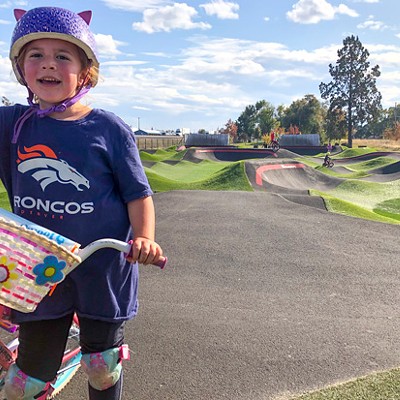
![Get Your Art on the Wall ▶ [with video] (con versión en español)](https://media2.bendsource.com/bend/imager/get-your-art-on-the-wall-with-video-con-version-en-espanol/u/r-bigsquare/12934834/artwatch1.1.jpg?cb=1680199454)













